How to use balsamic vinegar - the magic of a few drops and the best recipes
Content:
Balsamic vinegar was first produced in Italy in the province of Modena. Good, barrel-aged balsamic vinegar costs no less than luxury wine. It is used to season and flavor gourmet dishes. It is enough to pour a thin stream of balsamic over the finished dish, and its taste will become very piquant and bright.
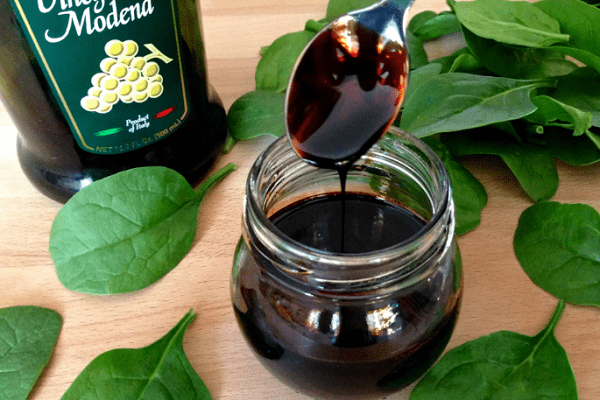
Where is balsamic vinegar added?
Balsamic vinegar allows you to prepare real culinary masterpieces. It is included in the recipes of many restaurant-quality dishes:
- Caprese salad;
- Minestrone salad;
- "Chili con carne";
- cold tomato soup "Gazpacho";
- Marinara sauce;
- "Lomo saltado";
- Yakisoba noodles;
- Pollo di Bache salad;
- Salad "Nicoise" etc.
Advice. For those who have never tried balsamic vinegar before and have no idea what it is, it is recommended to cut Parmesan cheese into slices and sprinkle with brown liquid from a jar.
Parmesan and balsamic seem made for each other.An appetizer made from Parmesan and balsamic vinegar is not a shame to put on a holiday table (provided that the products are of high quality). Its taste will certainly surprise guests.
In addition to famous dishes, you can cook with balsamic vinegar:
- vegetable salad;
- fruit salad;
- chicken, grilled meat;
- fish;
- liver;
- sauces;
- marinades;
- snacks;
- baked vegetables;
- soups;
- Dessert;
- ice cream;
- rice with seafood.
What can't you combine with?
There is probably no product that balsamic vinegar cannot be combined with. This universal seasoning goes with literally everything: juicy watermelon and strawberries, pork and duck, ice cream and tomato soup.
Balsamic can be combined with any food and dish. The main thing is to use it in very measured doses. For a 200 g serving, take 1 teaspoon of seasoning, and sometimes even less.
Best combinations with other herbs and spices
Interesting fact. Few people know that balsamic originally served as a medicine, not a seasoning. Actually, its name comes from the word “balm”. Balsamic vinegar was used during the plague as a powerful anti-inflammatory agent.
With the advent of modern medicines, balsamic began to be used exclusively as a seasoning. Moreover, cooks rarely use balsamic vinegar alone. Usually it is mixed:
- with olive oil;
- with honey;
- with basil;
- with rosemary;
- with oregano;
- with black and hot red pepper;
- with mustard;
- with garlic;
- with ginger;
- with truffles.
Compound
Traditionally, true balsamic vinegar is made exclusively in the province of Modena from local sweet grape varieties.
It contains only one ingredient – grape must.
The berries are pressed, decanted and cooled until the watery part freezes.Next, the raw materials are heated at a temperature of 80 degrees and poured into wooden barrels. Here the balsamic ages for at least 12 years.
In supermarkets, you most often find a semblance of the original balsamic - a mixture of wine vinegar and grape must or concentrated juice.
This seasoning is many times cheaper. It is more suitable for preparing marinades, sauces and salad dressings from fresh vegetables, seafood, and cheese.
Smell and taste
Balsamic vinegar stands out among all food vinegars. Appearance, aroma, taste - everything about it is different. Traditional aged balsamic is thick, dark brown, almost black.
With its color and consistency it is somewhat reminiscent of tar.
- Balsamic vinegar is very aromatic, its smell is rich, deep, complex, fruity.
- The taste is bright, sweet and sour, with notes of fruit and wood.
Interesting fact. In Italy they believe that good balsamic vinegar can replace all other seasonings in the kitchen.
How to choose good quality balsamic vinegar?
100 ml of real balsamic vinegar will cost approximately 6,000 Russian rubles. Consorzio Aceto Balsamico di Modena is considered the best manufacturer. The company has a sales license from the Modena Consortium, which in itself is a guarantee of quality. In addition, a high-quality product has a thick consistency and does not contain dyes, sugar, thickeners or other additives. It contains only grape must.
Obviously, not everyone can afford such an expensive product. For cooking at home, they usually buy budget options, costing up to 500 rubles per 200-250 ml bottle.
When choosing, pay attention to the following points:
- Thickness of vinegar. It is desirable that it be viscous, not too liquid.
- Compound.On the back of the label it should say: “wine vinegar, concentrated grape must.” The fewer other additives, the better.
- Excerpt. A big plus for balsamic is aging for at least 12 years.
- Aroma and taste. A quality product lacks the characteristic vinegar harshness. It doesn’t hit your nose, but excites you with its fruity smell and rich, sweet and sour taste.
Advice. If you come across low-quality balsamic vinegar, combine it with granulated sugar in a 2 to 1 ratio and simmer over low heat for 15 minutes. It will become thicker and taste much more pleasant.
Where and how to store?
Balsamic vinegar should be stored in a tightly sealed dark glass bottle or decanter. The best place for seasoning is a pantry with a temperature of +8 +20 degrees. Balsamic should not be stored in the refrigerator or near heating devices.
Real balsamic vinegar can be stored for 5, 10 years, or longer. Its taste and smell will only change for the better with age. Industrial vinegars, as a rule, are stored for 1-2 years, after which they begin to taste bitter, become sour and unpleasant.
Top 5 recipes with balsamic vinegar
In order to feel the “magic” of balsamic, it is worth preparing dishes that have gained particular popularity. The recipes with it are simple and do not take much effort and time to prepare.
Caprese salad
In Italy, Caprese salad is served as an appetizer before pasta. It is very light and incredibly tasty.
There are only a few ingredients:
- 150 g mozzarella cheese;
- 2-3 medium tomatoes (fresh);
- 2-3 sprigs of fresh basil;
- 2 tbsp. spoons of olive oil;
- 1 tbsp. spoon of balsamic vinegar;
- coarse salt and freshly ground black pepper to taste.
Step-by-step preparation:
- Wash the tomatoes and herbs. Dry.
- Cut the tomatoes into slices 0.5 cm thick.
- Cut the cheese into circles or slices the same size and thickness as tomatoes.
- Separate the basil into leaves.
- Place cheese, basil leaf, tomato, cheese, etc. around the plate.
- Drizzle olive oil over the salad, then balsamic vinegar.
- Salt and pepper.
Interesting fact. The products in the Caprese salad are combined not only in taste, but also in color. The red, white and green pieces on the plate form the flag of Italy, the birthplace of this wonderful dish.
«Fragole all’Aceto Balsamico” – strawberries in balsamic vinegar
Strawberries marinated in balsamic vinegar can be eaten with ice cream, pieces of meringue, soft cheese and herbs, and added to baked poultry, game, pork, and beef.
Ingredients:
- 400 g of medium-sized fresh strawberries;
- 2 tbsp. spoons of balsamic vinegar;
- 1 tbsp. spoon of sugar.
Step by step recipe:
- Wash the strawberries, dry them and cut them into 2 parts.
- Mix vinegar and sugar, pour over strawberries and stir gently.
- Leave to marinate for 2 hours.
- Serve chilled.
Universal salad dressing
The strong, rich taste of balsamic is not always appropriate. But it makes an excellent light and piquant dressing for any salad. It goes well with all vegetables, meat, fish.
Ingredients:
- 7 tbsp. tablespoons of refined vegetable oil (preferably olive);
- 1 tbsp. spoon of balsamic vinegar;
- 1 teaspoon salt;
- 0.5 teaspoon ground black pepper;
- 1 teaspoon strong mustard;
- 2 teaspoons honey.
The dressing is prepared very simply, literally in 1 minute.
Necessary:
- Pour oil, balsamic vinegar into a blender bowl, add salt, pepper, mustard and honey (all ingredients).
- Turn on the blender for 5-10 seconds. The mass should become homogeneous and light brown.
The dressing can be used immediately or stored in the refrigerator. It will keep for 2-3 weeks in a closed glass container. Before dressing the salad, shake the jar lightly.
Marinade for meat
Meat marinated in balsamic vinegar has a very rich flavor. After cooking, it acquires an appetizing golden color and can be compared in taste to a restaurant dish. You can use the marinade to prepare pork and beef ribs, lamb, and chicken thighs.
Ingredients:
- 0.5 l of water;
- 50 ml honey;
- 50 ml balsamic vinegar;
- 100 ml soy sauce;
- 150 g ketchup;
- 30 g sugar;
- 2 cloves of garlic;
- ground black pepper and salt to taste.
Recipe:
- Grind the garlic to a paste.
- Mix all ingredients in a saucepan.
- Boil.
- Place 1 kg of meat in the marinade.
- Simmer over low heat until cooked (30-50 minutes).
- Let cool.
- Remove the meat.
- Boil the marinade until the sauce becomes thick.
- Grill the meat, periodically brushing with sauce (15-35 minutes at 180 degrees).
"Bald" tomatoes
A very simple but incredibly tasty dish. “Bald” tomatoes can be served with meat, vegetable casseroles, or used as a snack.
To prepare you will need:
- 0.5 kg cherry tomatoes;
- 1 liter of boiling water;
- 1 liter cold water
- 2 tbsp. spoons of aromatic olive oil;
- 1 tbsp. spoon of balsamic vinegar;
- 1 tbsp. spoon of oregano;
- 2 teaspoons salt.
Step by step recipe:
- Pour boiling water over the cherry tomatoes and leave for 1.5 minutes. Drain the boiling water and immerse the tomatoes in cold water for 2 minutes. Remove the skin.
- Place the peeled tomatoes in a container with a lid. Add salt.
- Mix balsamic, olive oil and oregano. Season the tomatoes.
- Close the container with a lid, shake, and leave at room temperature for 1.5 hours.
- Chill in the refrigerator before serving.
Questions and answers
What is the difference between balsamic vinegar and balsamic reduction and cream?
The differences are noticeable when comparing inexpensive balsamic vinegar. Unlike the sauce, it is very thin, like water. The sauce is thicker and contains less acid. Often balsamic sauce (cream) contains fructose, mustard, thickeners and other additives. It is used primarily as a dressing.
What can you substitute for balsamic vinegar in recipes?
Instead of balsamic, wine vinegar is often added to dishes. Less commonly, it is replaced with apple cider vinegar and freshly squeezed lemon juice.
Just one drop of good balsamic vinegar can transform a dish - make its taste and aroma more refined and refined. The aromatic seasoning is great for hot and cold dishes, vegetables and meat, fish, soups, desserts, fruits. The best combinations are with tomatoes, strawberries and Parmesan cheese. Balsamic is widely used in Italian, Spanish, French and American cuisine. With all this, it is very beneficial for health: it improves digestion, reduces cholesterol levels in the blood and improves the condition of the body as a whole.
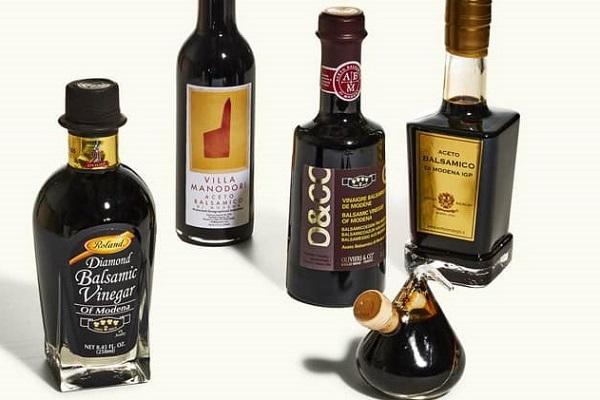
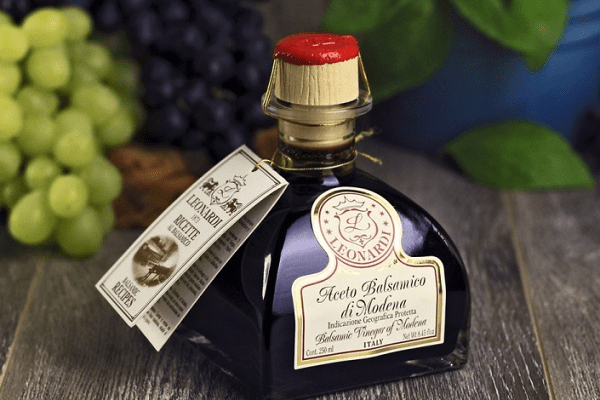
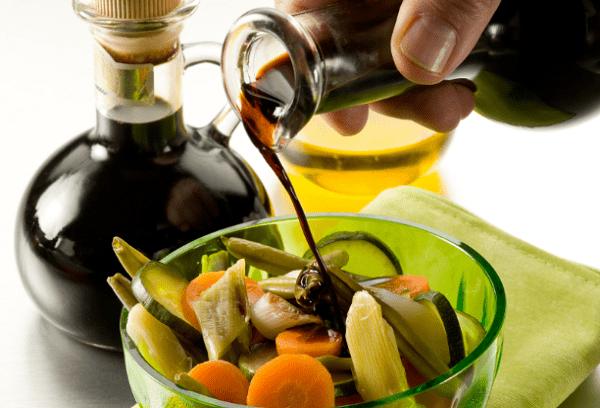
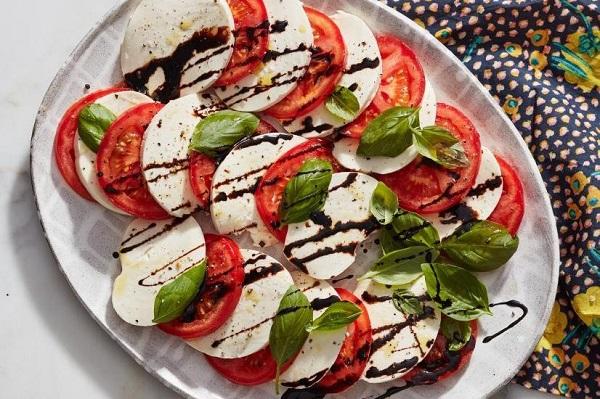
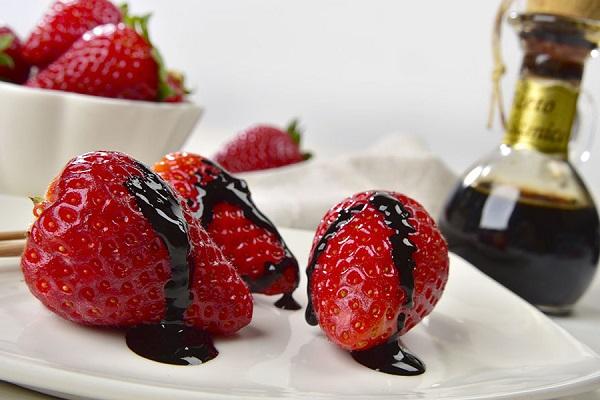
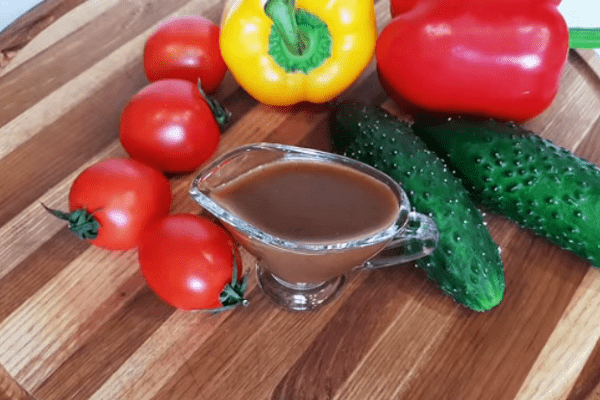
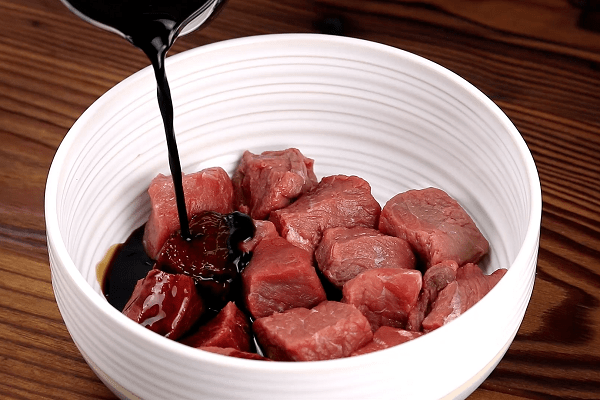
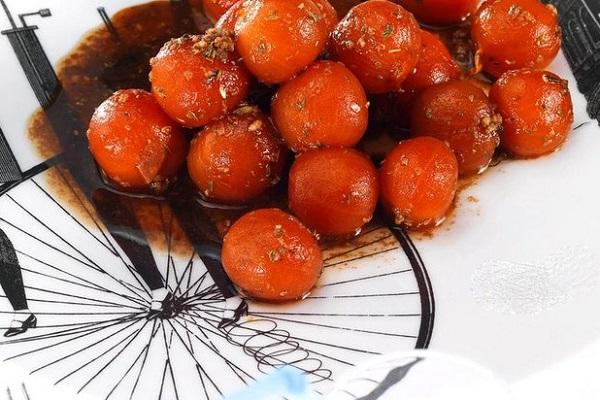
I really love balsamic vinegar. But before I only added it to salad. After reading the article, I tried it with meat. And even with fruit. Delicious.